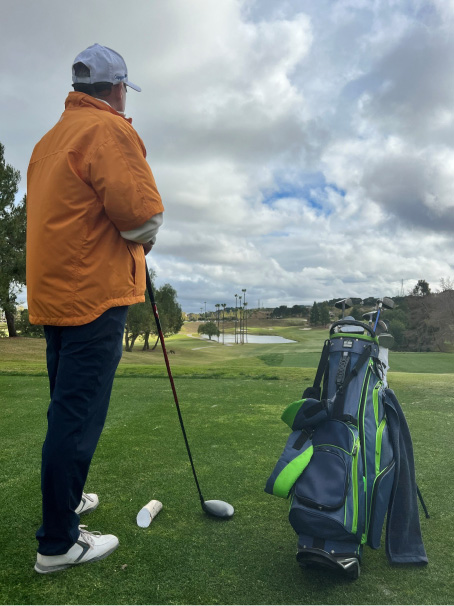Quick Hits – Keys to Desert Golf Learned at the 2025 US Mid Amateur
By: Patrick Stephenson

This past week I had the privilege of competing in the U.S. Mid-Amateur, hosted at Troon Country Club and Troon North Golf Club in Scottsdale, Arizona. As someone who grew up and plays most of my golf in the Carolinas, desert golf was a brand-new experience for me. It’s a different game altogether, and while I loved the challenge, there were a few lessons I learned the hard way. Here are some quick thoughts from my first real taste of desert golf.
The Ball Flies Forever
The first adjustment I had to make was distance control. In the dry, thin desert air, the golf ball travels much farther than it does back home in South Carolina. After a few rounds, I dialed in my “desert yardages,” and the differences were eye-opening:
- 58° wedge: 100 → 105
- 54° wedge: 115 → 121
- 50° wedge: 128 → 134
- Pitching wedge: 140 → 147
- 9-iron: 153 → 161
- 8-iron: 165 → 173
- 7-iron: 177 → 185
- 6-iron: 193 → 202
- 5-iron: 205 → 215
- 4-iron: 217 → 227
- 3-iron: 225 → 236
That’s about a full club longer across the bag, sometimes more. The challenge wasn’t just recalibrating the numbers—it was trusting them. Looking down at a pitching wedge from 147 yards felt wrong, but the ball kept proving me right. In the desert, embracing that extra distance is key.
The Valley Effect on Putting
Another surprise was how much the Phoenix Valley influences putts. Back home, I rely heavily on green contours and grain. In Scottsdale, the land itself plays a massive role. Putts rolling toward the valley are significantly faster than those rolling away, even when the slope looks minimal. Flat putts also tend to drift subtly in the valley’s direction, almost like an invisible pull.
Unfortunately, I didn’t fully figure this out until late in the week. It’s a reminder that desert golf demands a deeper awareness of your surroundings. Reading greens isn’t just about the surface—it’s about the larger geography of the land.
The Wind Is Deceiving
In the Carolinas, wind and humidity go hand-in-hand. You can feel it on your skin, you can see it move the trees, and you can trust that it’s going to affect the ball. In the desert, wind doesn’t seem to influence shots nearly as much. The lack of humidity makes the ball cut through the air cleaner, so even when it feels gusty, the ball holds its line more than I expected.
That said, it was tough to trust. There were moments where I overcompensated for a crosswind only to see the ball fly straight. It’s an adjustment that takes time and experience, but one that’s crucial if you want to score in those conditions.
Final Takeaway
Desert golf is beautiful, challenging, and unlike anything I’ve played before. The distances are longer, the greens are influenced by forces you can’t always see, and the wind plays tricks on your mind. Competing in the U.S. Mid-Amateur in Scottsdale gave me a whole new respect for players who cut their teeth in this environment.
For a Carolina guy, it was humbling but also exciting. Golf always teaches us something new—and this week, the desert was the teacher.






